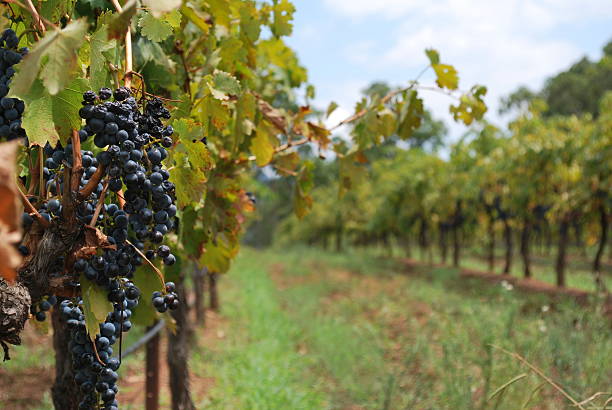Introduction
In recent years, natural wines have taken the wine world by storm, captivating enthusiasts with their distinct flavors and the promise of a more authentic winemaking process. But what exactly defines natural wines, and why is there so much buzz around sulfites in this context? To shed light on these questions, we turn to an expert who will unravel the mysteries behind the production of natural wines and address the sulfite debate.
Defining Natural Wines
Natural wines are a departure from conventional winemaking practices, embracing a minimalist philosophy that seeks to let nature guide the process. Unlike commercially produced wines, which often involve the addition of chemicals and technological interventions, natural wines prioritize organic and biodynamic farming methods, indigenous yeast fermentation, and minimal to no filtration.
Farming Practices: The Foundation of Natural Wines
At the heart of natural winemaking lies a commitment to sustainable and organic farming. Growers eschew synthetic pesticides and fertilizers, opting instead for natural alternatives that maintain the health of the soil and the vines. Biodynamic agriculture, an approach that aligns viticulture with cosmic rhythms, is also gaining traction among natural winemakers.
Harvesting and Fermentation: Wild Yeasts and Minimal Intervention
One of the defining features of natural wines is the reliance on wild yeasts for fermentation. Unlike commercial yeasts, which are often introduced to control the process, wild yeasts are naturally present in the vineyard and cellar. This spontaneous fermentation imparts unique flavors and characteristics to the wine, reflecting the terroir and the grape varieties in their purest form.
Furthermore, natural winemakers tend to intervene minimally during the winemaking process. Rather than using additives and fining agents, they embrace the natural cloudiness and sediment that may arise, considering them integral to the wine’s authenticity.
The Sulfite Debate: To Add or Not to Add
Sulfites, compounds containing sulfur dioxide, have been used in winemaking for centuries as preservatives. They help prevent oxidation and bacterial spoilage, ensuring the stability and longevity of the wine. However, natural winemakers often choose to minimize or eliminate sulfite additions, leading to a spirited debate within the wine community.
Proponents argue that low intervention and minimal sulfite use result in a truer expression of the grape and terroir. Critics, on the other hand, express concerns about stability and the potential for spoilage without sulfite protection.
Our Expert Weighs In
To provide insight into the sulfite controversy, we spoke with Dr. Isabella Rodriguez, a renowned enologist and advocate for natural winemaking. According to Dr. Rodriguez, “The sulfite debate is nuanced. While sulfites have undeniable benefits in preserving wine, the reliance on minimal intervention and natural processes in natural winemaking aims to showcase the raw, unadulterated essence of the grape. It’s a delicate balance that requires careful attention to detail throughout the winemaking journey.”
Dr. Rodriguez emphasizes that while natural wines may not be entirely sulfite-free, they generally contain significantly lower levels compared to their conventional counterparts. The key, she explains, is meticulous vineyard management, hygiene, and precise winemaking techniques that reduce the need for additional preservatives.
Conclusion
Natural wines offer a fascinating journey into the world of winemaking, embracing a return to traditional, hands-off practices. The sulfite debate underscores the ongoing tension between tradition and modernity, with winemakers and enthusiasts navigating a path toward wines that are both authentic and stable. As the natural wine movement continues to evolve, one thing remains clear: the allure of these wines lies not just in the glass but in the stories of earth, grape, and skilled hands that bring them to life.




